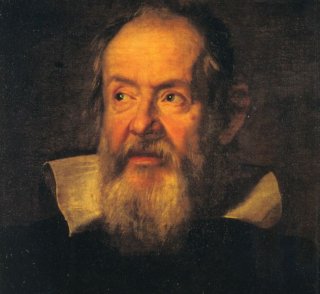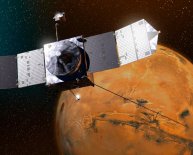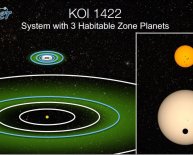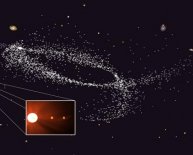
Scientists Galileo
 Scientists have studied a visual illusion first discovered by Galileo Galilei, and found that it occurs because of the surprising way our eyes see lightness and darkness in the world. Their results advance our understanding of how our brains are wired for seeing white versus black objects. The work was done by Jens Kremkow and led by Jose Manuel Alonso and Qasim Zaidi at the State University of New York, and was published online yesterday in the Proceedings of the National Academy of Science..
Scientists have studied a visual illusion first discovered by Galileo Galilei, and found that it occurs because of the surprising way our eyes see lightness and darkness in the world. Their results advance our understanding of how our brains are wired for seeing white versus black objects. The work was done by Jens Kremkow and led by Jose Manuel Alonso and Qasim Zaidi at the State University of New York, and was published online yesterday in the Proceedings of the National Academy of Science..
Galileo was puzzled by the fact that the appearance of the planets changed depending on whether one looked with the naked eye versus with a telescope. Viewed directly, planets seemed “expanded” and had “a radiant crown”, which made Venus looked eight to ten times larger than Jupiter even if Jupiter was around four times larger (Galieli, 1632a). Though he realized this size illusion was not created by the object—but by his eyes—he did not understand why or how. He mused, “Either because their light is refracted in the moisture that covers the pupil, or because it is reflected from the edges of the eyelids and these reflected rays are diffused over the pupil, or for some other reason” (Galilei G, 1632b). Generations of scientists following Galileo continued to assume the effects were caused by blur or similar optical effects. However, though blur can distort size, it does not explain why Venus looks larger than Jupiter with the naked eye. Hermann von Helmholtz—the venerable 19th Century German physician-physicist—was the first to realize this problem, and described, in his Treatise on Physiological Optics, that “something else” was needed.
Only now, with Kremkow and colleagues’ new study, has science finally zoomed in and illuminated the scope of the problem. It’s a feature of how we see everything, no less. By examining the responses of neurons in the visual system of the brain—to both light stimuli and dark stimuli—the neuroscientists discovered that, whereas dark stimuli result in a faithful neural response that accurately represents their size, light stimuli on the contrary result in non-linear and exaggerated responses that make the stimulus look larger. So white spots on a black background look bigger than same-sized black spots on white background, and Galileo’s glowing moons are not really as big as they might appear to the unaided eye.
This effect is responsible for how we see everything from textures and faces—based on their dark parts in bright daylight—to why it is easier to read this very page with black-on-white lettering, rather than white-on-black (a well known, and until now, unexplained phenomenon).
By tracing these effects as a function of the way neurons are laid out and interconnected in the retina and brain, the authors found that these effects are potentially derived from the very origin of vision—in the photoreceptors of the eye themselves.

















